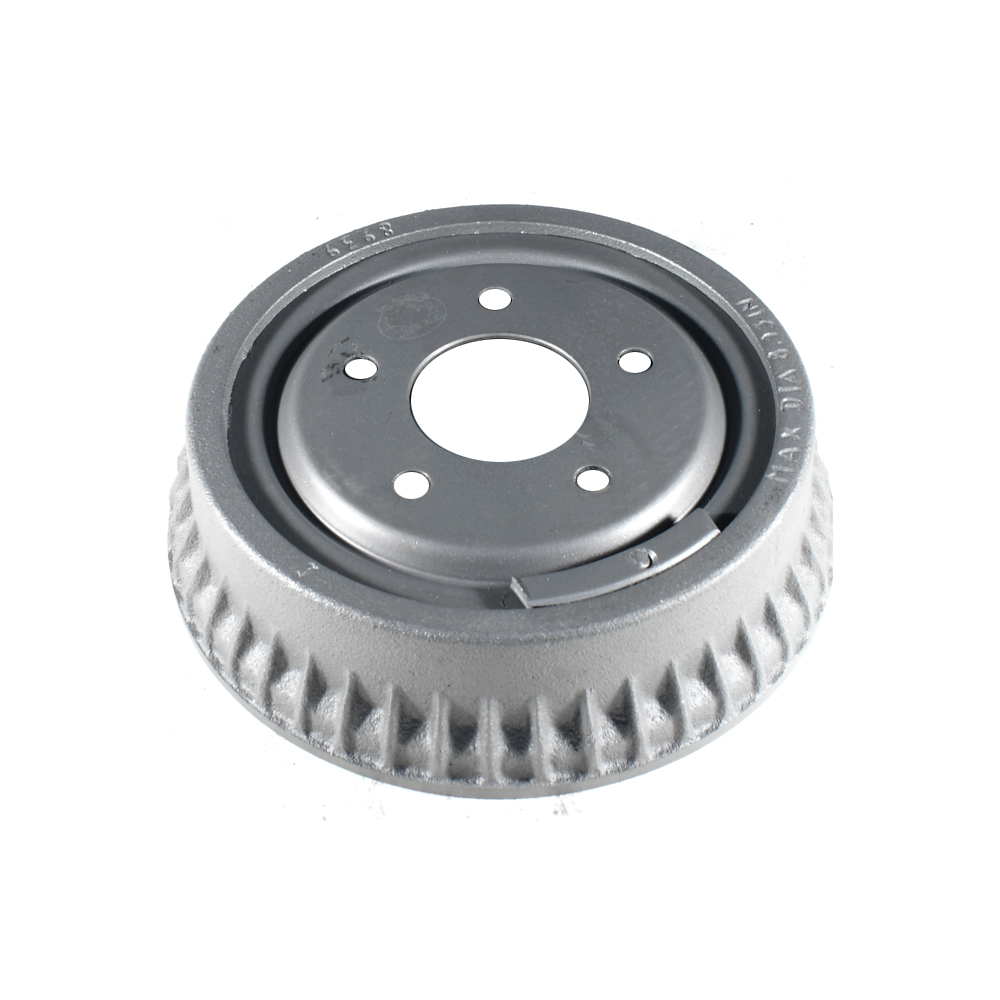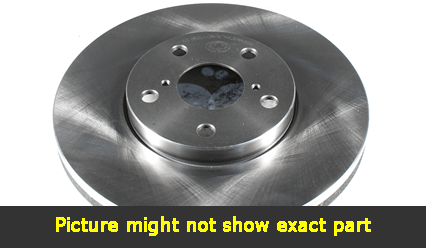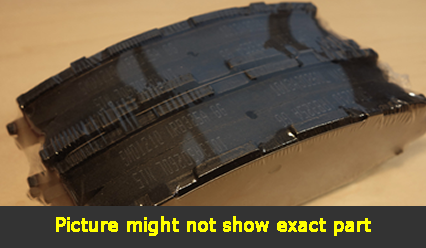2000 Chevrolet Lumina Brake Rotors and Pads
Click here to search another vehicle
All Rotors:
OEM x
Coated x
Drilled, Slotted and Coated x
Front x
Rear x
All Pads:
Ceramic x
Semi-metallic x
Front x
Rear x
Found 4 record

Part No: BD8939
Raybestos: 2051
OE: 18042283
Raybestos: 2051
OE: 18042283
$47.14 each
Per Car QTY: 2

Part No: BR55013
Raybestos: 56549 / 580450
OE: 18021389
Raybestos: 56549 / 580450
OE: 18021389
$28.6 each
Per Car QTY: 2

Part No: SMD376
Raybestos:
OE:
Raybestos:
OE:
$21.06 each
Per Car QTY: 1
When it comes to ensuring the safety of your vehicle, one of the most crucial components to consider is the braking system. A well-maintained brake system is essential for the proper functioning of any automobile, including the 2000 Chevrolet Lumina. This sedan was designed to provide a smooth and reliable driving experience, and the braking system is integral to achieving that goal.
The 2000 Chevrolet Lumina features a hydraulic four-wheel disc brake system, which offers superior performance and reliability. It consists of several key components, including the brake pads, rotors, calipers, and brake lines. Understanding these components and their maintenance requirements is fundamental to keeping your Lumina's brakes in top condition.
Firstly, let's discuss brake pads. These are the friction materials that apply pressure against the rotors to slow down and stop the vehicle. Over time, brake pads wear down due to constant friction, leading to decreased braking performance. Regular inspection and replacement of worn-out brake pads are crucial to maintain the braking efficiency of your Lumina.
Next, we have the brake rotors, also known as brake discs. These metal discs are mounted on the wheel hubs and work in conjunction with the brake pads to create friction and halt the vehicle. Over time, rotors can become warped or develop grooves due to excessive heat or wear. If you notice vibration or pulsation when applying the brakes, it may be an indication that the rotors need resurfacing or replacement.
The calipers play a critical role in the braking system, as they house the pistons and brake pads. When you press the brake pedal, hydraulic pressure is exerted on the calipers, causing the pistons to push the brake pads against the rotors. Regular inspection of calipers is necessary to ensure they are functioning properly and that there are no leaks or seized components, which can impair their performance and compromise your safety.
Another vital aspect of your Lumina's brake system is the brake lines. These metal tubes carry brake fluid from the master cylinder to the calipers, allowing for the smooth application of pressure. Over time, brake lines can develop leaks or become corroded, leading to reduced braking efficiency. Periodic inspection of brake lines is essential to identify any signs of damage and prevent potential brake failure.
Maintaining the braking system of your 2000 Chevrolet Lumina requires a combination of regular inspection, preventative maintenance, and prompt repair when necessary. If you notice any warning signs such as squealing or grinding noises, reduced braking responsiveness, or a soft or spongy brake pedal, it is crucial to have your vehicle inspected by a qualified mechanic promptly.
In conclusion, the braking system of the 2000 Chevrolet Lumina is a fundamental component of its safety features. Regular inspection and maintenance of the brake pads, rotors, calipers, and brake lines are vital to ensure optimal performance and safety on the road. By being proactive in maintaining your Lumina's brakes, you can have peace of mind knowing that you are maximizing the safety of your vehicle and its occupants.
The 2000 Chevrolet Lumina features a hydraulic four-wheel disc brake system, which offers superior performance and reliability. It consists of several key components, including the brake pads, rotors, calipers, and brake lines. Understanding these components and their maintenance requirements is fundamental to keeping your Lumina's brakes in top condition.
Firstly, let's discuss brake pads. These are the friction materials that apply pressure against the rotors to slow down and stop the vehicle. Over time, brake pads wear down due to constant friction, leading to decreased braking performance. Regular inspection and replacement of worn-out brake pads are crucial to maintain the braking efficiency of your Lumina.
Next, we have the brake rotors, also known as brake discs. These metal discs are mounted on the wheel hubs and work in conjunction with the brake pads to create friction and halt the vehicle. Over time, rotors can become warped or develop grooves due to excessive heat or wear. If you notice vibration or pulsation when applying the brakes, it may be an indication that the rotors need resurfacing or replacement.
The calipers play a critical role in the braking system, as they house the pistons and brake pads. When you press the brake pedal, hydraulic pressure is exerted on the calipers, causing the pistons to push the brake pads against the rotors. Regular inspection of calipers is necessary to ensure they are functioning properly and that there are no leaks or seized components, which can impair their performance and compromise your safety.
Another vital aspect of your Lumina's brake system is the brake lines. These metal tubes carry brake fluid from the master cylinder to the calipers, allowing for the smooth application of pressure. Over time, brake lines can develop leaks or become corroded, leading to reduced braking efficiency. Periodic inspection of brake lines is essential to identify any signs of damage and prevent potential brake failure.
Maintaining the braking system of your 2000 Chevrolet Lumina requires a combination of regular inspection, preventative maintenance, and prompt repair when necessary. If you notice any warning signs such as squealing or grinding noises, reduced braking responsiveness, or a soft or spongy brake pedal, it is crucial to have your vehicle inspected by a qualified mechanic promptly.
In conclusion, the braking system of the 2000 Chevrolet Lumina is a fundamental component of its safety features. Regular inspection and maintenance of the brake pads, rotors, calipers, and brake lines are vital to ensure optimal performance and safety on the road. By being proactive in maintaining your Lumina's brakes, you can have peace of mind knowing that you are maximizing the safety of your vehicle and its occupants.


